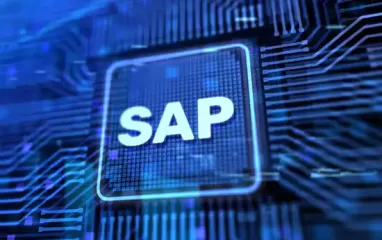In today's fast-changing business landscape, business intelligence at speed is very crucial to thriving market disruptions, cutting the noise, and capturing opportunities. One of the fastest ways to become an intelligent enterprise is SAP data migration. When deployed on-premise, in the cloud, or in hybrid scenarios, it pushes businesses toward a more agile and connected SAP transformation journey.
In the latest report published by IDC, it has been found that 73% of businesses are planning to deploy a modern enterprise resource planning (ERP), whereas 18% are currently in the transition process of deploying SAP to drive digital transformation and better business outcomes. Nobody can stay competitive with obsolete ERP systems running on yesterday's technology.
Data migration to SAP over their legacy ERPs is indeed a way forward to overcome potential bottom-up disruption, unlock continuous business innovation, and drive greater business value. However, it is crucial to understand that it is no one-size-fits-all strategy. Organizations planning to migrate must be ready for deeper SAP penetration, which involves challenges and opportunities.
Read this whitepaper to discover
- 1. Data migration - a competitive necessity
- 2. SAP data migration as a DX driving force
- 3. Data migration scenarios for SAP
- 4. Essential steps involved in a data migration
- 5. What are the active data migration phases?
- 6. What are the most common data migration tools available?
- 7. Core value propositions of SAP data migration cockpit at a glance
- 8. Comparison between the different data migration tools
- 9. Top pitfalls of data migration in SAP
- 10. A typical data migration lifecycle at Kellton
- 11. Stay competitive and relevant with Kellton



